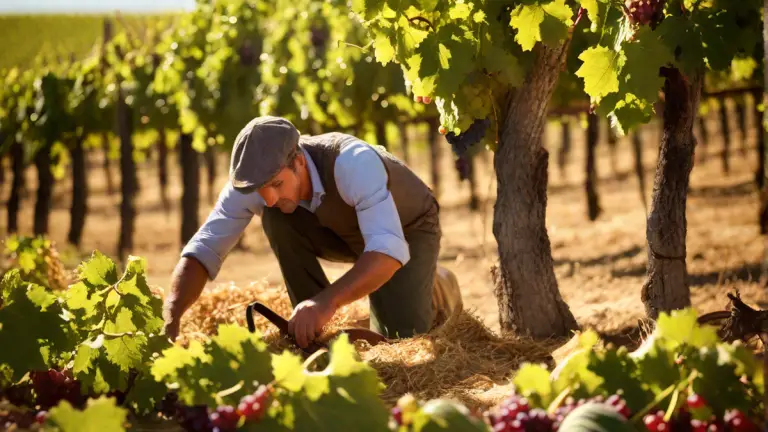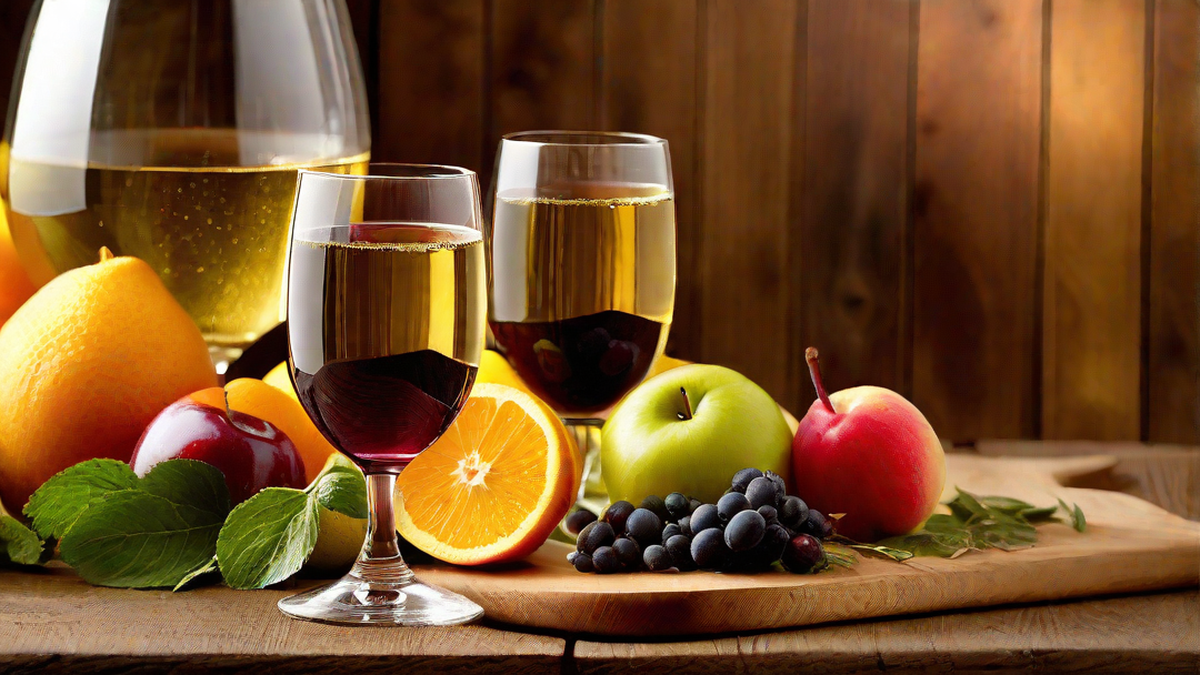Must winemaking, also known as “must fermentation”, is a crucial step in the wine production process. As a winemaker, I find must winemaking to be one of the most fascinating and rewarding aspects of creating a unique and flavorful wine. The term “must” refers to the freshly pressed grape juice that contains the skins, seeds, and stems of the fruit. This initial juice is the foundation upon which the wine will be built, and it plays a pivotal role in determining the wine’s characteristics, including its flavor, color, and tannin levels.
The Process
To start the must winemaking process, the harvested grapes are gently crushed to release the juice while keeping the skins largely intact. The resulting combination of juice, skins, seeds, and stems is then transferred to a fermentation vessel, where the magic begins. The presence of the skins during fermentation is what gives red wines their color and adds complexity to the wine’s flavor profile. On the other hand, white wines are typically made from must that has been quickly separated from the skins to maintain a lighter color and crisper taste.
Fermentation
During fermentation, the natural yeasts present on the grape skins or added cultured yeast consume the sugars in the must and convert them into alcohol. This process can take anywhere from several days to a few weeks, depending on the desired style of wine. As a winemaker, I closely monitor the fermentation process, ensuring that the temperature and other conditions are ideal for the yeast to thrive and produce a high-quality wine.
Personal Touch
For me, working with the must is a sensory experience like no other. The aromas that fill the air during fermentation, the gentle bubbling of the must as the yeast works its magic, and the vibrant colors of the fermenting juice all contribute to the enchanting ambiance of the winemaking process. It’s during this stage that the potential of the grapes begins to transform into a unique expression of terroir, climate, and winemaking expertise.
Conclusion
Must winemaking is an art form that requires patience, skill, and an intimate understanding of the grapes being used. As a winemaker, I take great pride in the must fermentation process, knowing that it lays the groundwork for the exceptional wines that will eventually make their way to the glasses of wine enthusiasts around the world.




